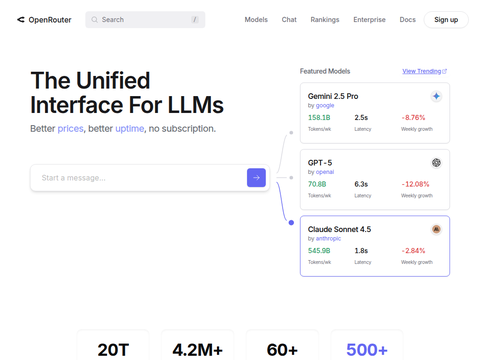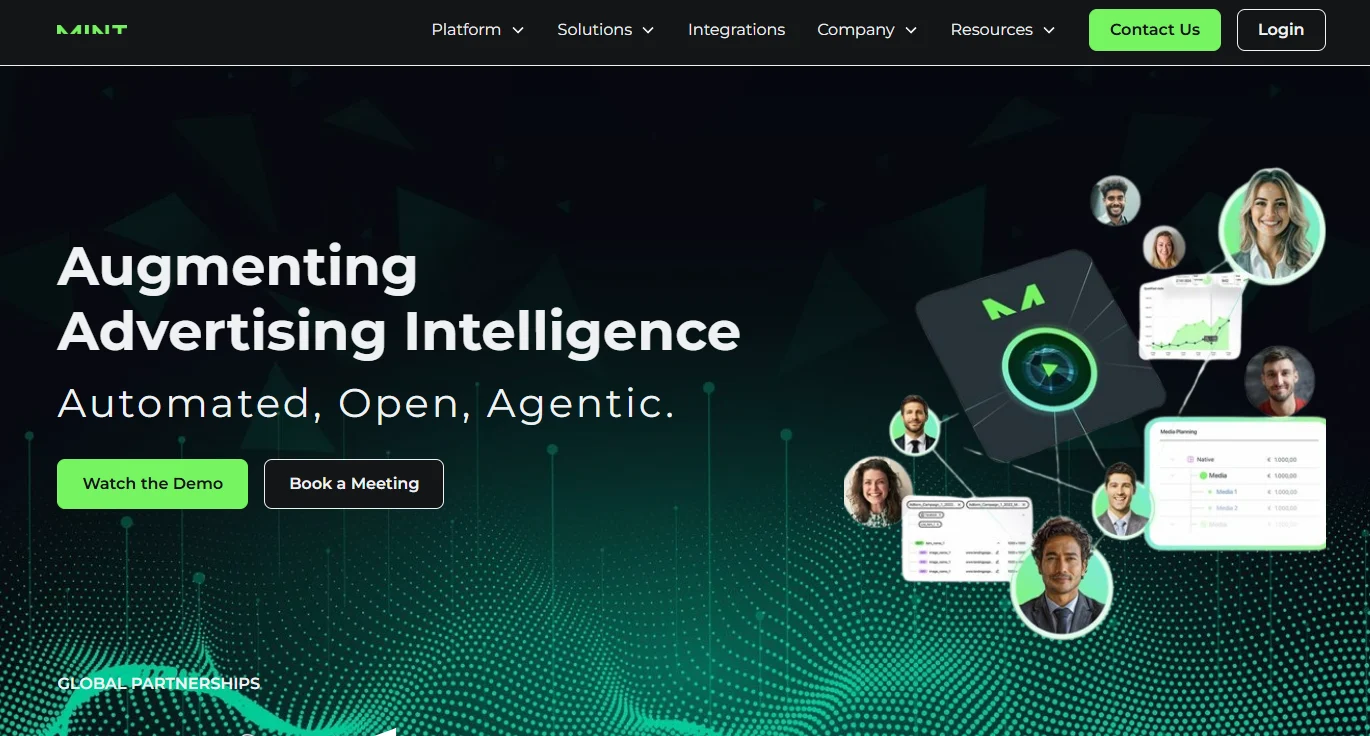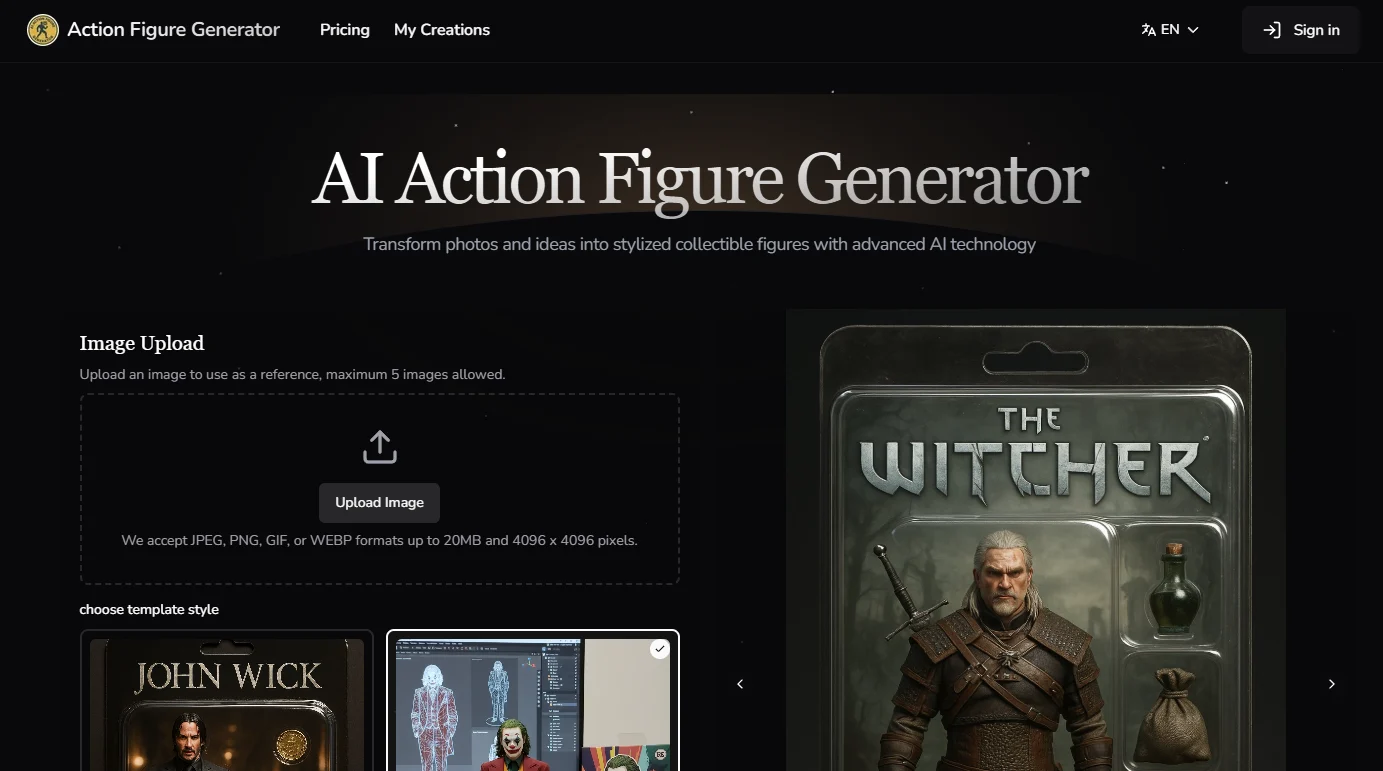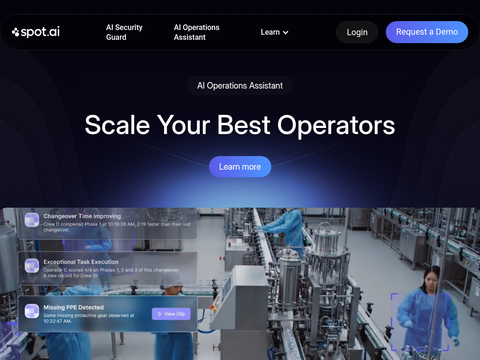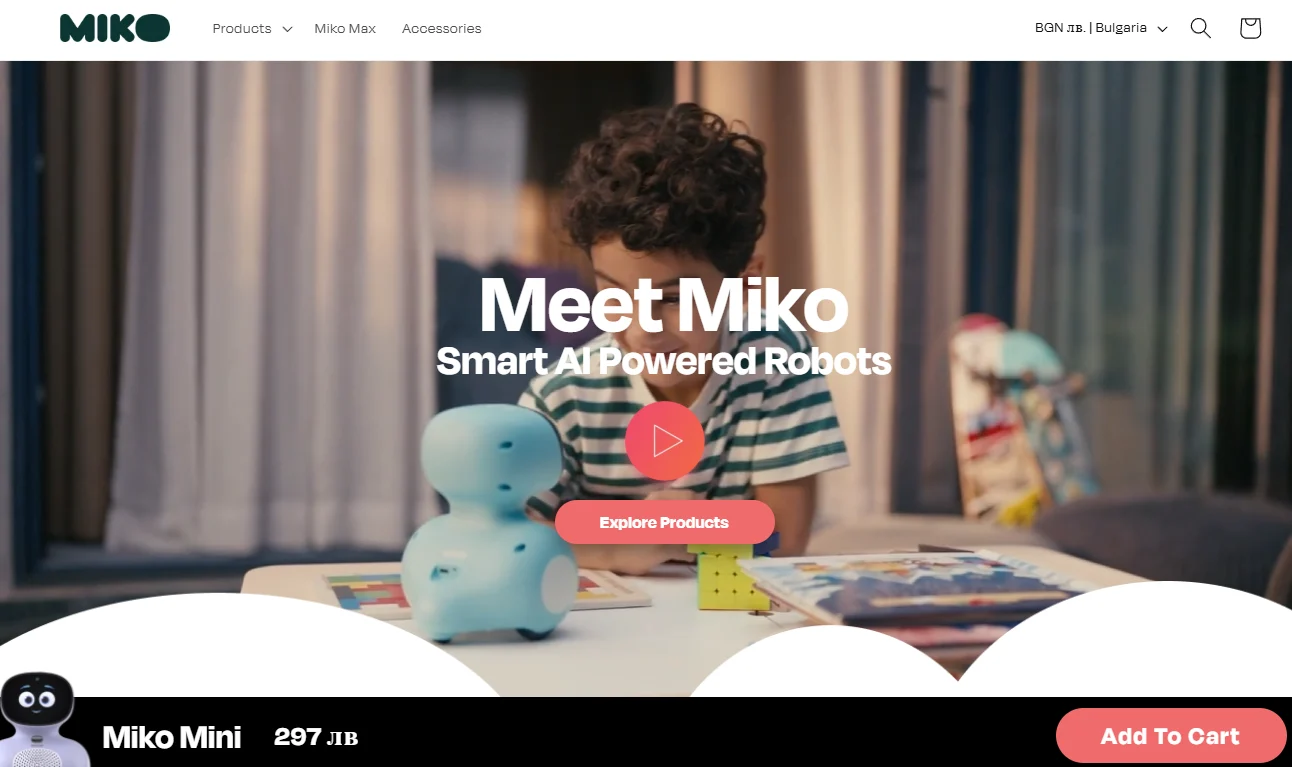On December 1st, local time in the United States, Intel, a global leader in the semiconductor industry, announced that its CEO, Pat Gelsinger, has officially retired, concluding his illustrious career with Intel spanning over forty years. Since rejoining Intel as CEO in 2021, Gelsinger has steered the company through several pivotal phases, making significant contributions to advancing manufacturing capabilities and fostering innovation.
According to the company's announcement, Gelsinger is retiring from his CEO role and resigning from the board of directors simultaneously. To ensure a smooth transition, Intel has appointed two senior executives, David Zinsner and Michelle Johnston Holthaus, as interim co-CEOs. Zinsner currently serves as the Executive Vice President and Chief Financial Officer, while Holthaus has been named the newly established Chief Product Officer at Intel, overseeing the company's Client Computing Group (CCG), Data Center and Artificial Intelligence Group (DCAI), and the Network and Edge Group (NEX).
Furthermore, the Intel board of directors has established a dedicated committee to search for and select the next CEO candidate. During the transition period, Frank Yeary, the board's independent chair, will serve as the interim Executive Chairman to ensure the company's smooth operations and strategic advancement. At the same time, the leadership structure of Intel's foundry business will remain unchanged, continuing to focus on enhancing the company's manufacturing capabilities and competitiveness.
In his remarks on behalf of the board, Yeary highly praised Gelsinger's outstanding contributions to Intel. He noted that Gelsinger joined Intel early in his career and returned to leadership during critical moments when the company faced challenges. By investing in advanced semiconductor manufacturing technologies, Gelsinger successfully initiated the IDM2.0 plan, driving innovation and development within the company.
However, Gelsinger's retirement coincides with Intel facing multiple challenges. In recent years, the company's core businesses have been impacted by competition, particularly failing to meet growth expectations in the artificial intelligence market. Additionally, significant capital investments in the IDM2.0 plan have put pressure on profits and increased debt burdens. To address these challenges, Intel has announced the spin-off of its foundry business into an independent subsidiary and has suspended two projects in Europe to seek external financing.
Nevertheless, Intel recently reached an agreement under the CHIPS and Science Act, securing a $7.86 billion subsidy to fund its factory construction plans. This funding provides short-term positive news for Intel but does not entirely alleviate investors' long-term concerns about the company’s future.
As Gelsinger steps down, he expressed his deep affection for Intel and pride in their collective achievements. He emphasized that the past year has been challenging for the company, but they made tough yet necessary decisions to respond to the market environment. With the new leadership team taking over, Intel will reinitiate the search for a new CEO and face multiple challenges, including reshaping its position in the semiconductor industry, accelerating the deployment of AI business, and balancing long-term investments with short-term profitability pressures.
Interim Executive Chairman Yeary stated that although Intel has made significant progress in restoring manufacturing competitiveness and building world-class foundry capabilities, there is still much work to be done. He emphasized that the Product Group is the company's core and must ensure it has the necessary resources to meet customer demands. Under the leadership of David and MJ, Intel will continue to advance its priorities, including streamlining and strengthening the product portfolio, enhancing manufacturing and foundry capabilities, and optimizing operational expenses and capital expenditures.
Reviewing the backgrounds of the two co-CEOs, they possess extensive experience in the semiconductor, manufacturing, and technology sectors, along with outstanding leadership capabilities. Zinsner has over 25 years of experience in finance and operations, while Holthaus has spent nearly 30 years at Intel, excelling in various key roles. Their leadership is expected to inject new energy and momentum into Intel, driving the company towards a turnaround in its future development.

